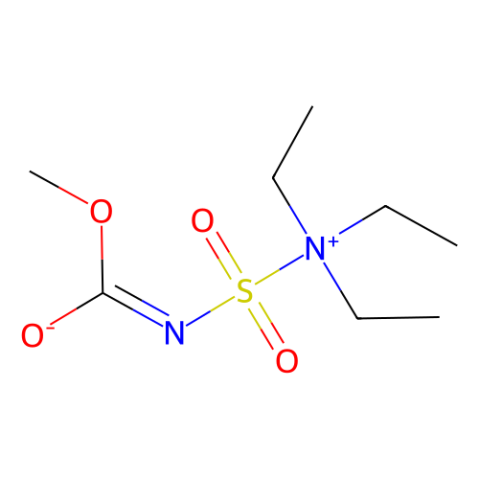Burgess reagent
Product Manager:Nick Wilde

The Burgess reagent, (Methoxycarbonylsulfamoyl)triethylammonium hydroxide is a commercially available compound that has historically found utility as a dehydrating agent. The reagent may also be used to oxidize primary and secondary alcohols to their corresponding aldehydes and ketones in dimethyl sulfoxide. These oxidations were found to be rapid under mild conditions. The methodology is convenient and broadly useful and the oxidation reaction does not evolve toxic byproducts.

Recent Literature

In the presence of dimethyl sulfoxide, the Burgess reagent efficiently and rapidly facilitates the oxidation of a broad range of primary and secondary alcohols to their corresponding aldehydes and ketones in excellent yields and under mild conditions. This oxidation can be combined with Wittig olefinations. A mechanism similar to those described for the Pfitzner-Moffatt and Swern oxidations is proposed.
P. R. Sultane, C. W. Bielawski, J. Org. Chem., 2017, 82, 1046-1052.
https://doi.org/10.1021/acs.joc.6b02629
Quoted from:https://www.organic-chemistry.org/chemicals/oxidations/burgess-reagent.shtm
Aladdin:https://www.aladdinsci.com
